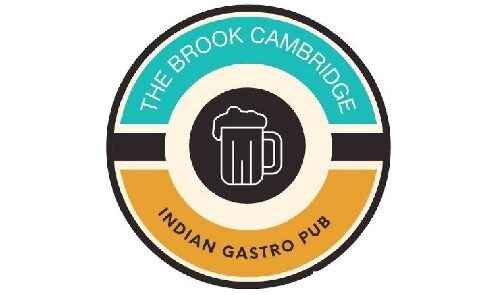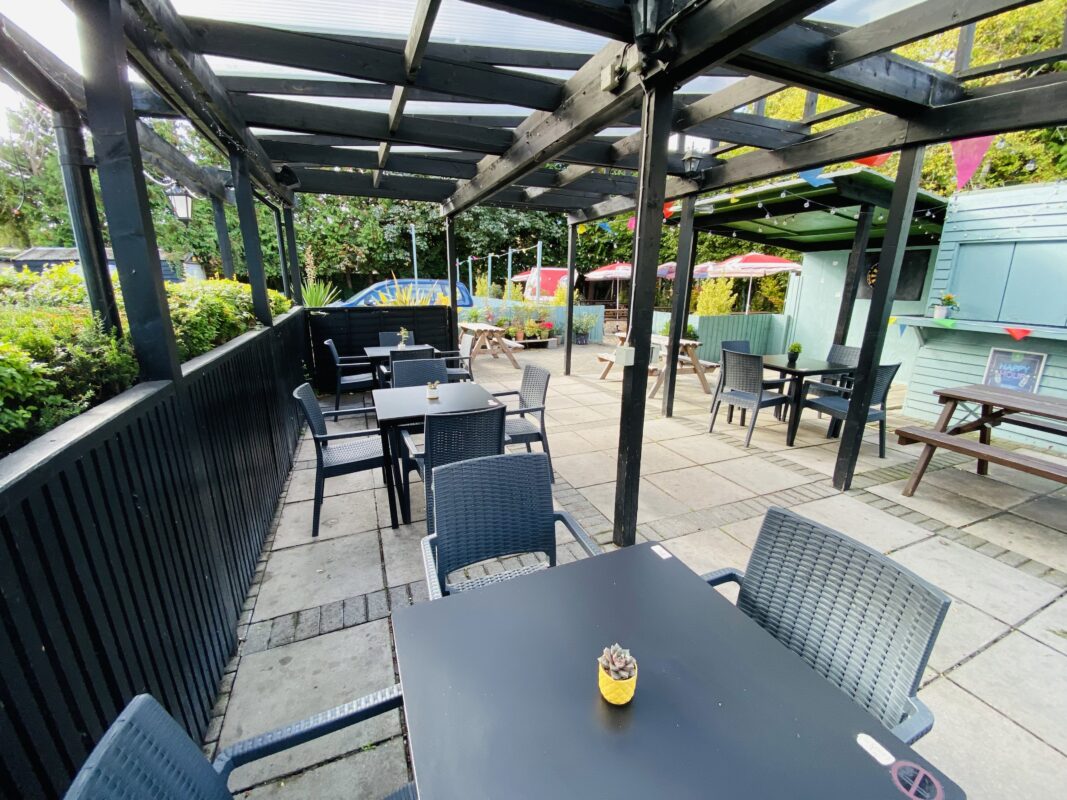Totally revamping the eating experience from start to finish, the restaurant business is experiencing a Digital dining revolution in this age of fast technical breakthroughs. Technology is becoming more and more important at every stage of the consumer experience, from the initial decision to make a reservation all the way through to the last payment swipe. Online reservation systems, digital menu integration, and contactless payment trends are some of the topics covered in this investigation into the technological shifts impacting the restaurant sector.
Digital Dining
Booking platforms and online reservations:
Calling ahead to a restaurant in the not-so-distant past meant crossing one’s fingers for an open slot. Thanks to technological advancements, this procedure is now more easier to carry out, which benefits both customers and businesses. The use of online reservation services like Resy and OpenTable has grown ubiquitous; these platforms enable customers to see available time slots, choose their favourite eating time, and receive immediate confirmation with the touch of a button or a mouse.
In addition to simplifying the booking process, these platforms supply businesses with useful data that can be used to analyse consumer preferences, peak dining times, and other insights. As a result, operational efficiency is enhanced and decisions are made with more knowledge to improve the eating experience overall.
Interactive Dining with Digital Menus:
As time goes on, computerised menus will inevitably replace their printed predecessors. Having digital menus that can be accessed using QR codes or specific restaurant applications has many benefits. To lessen the financial and ecological burden of printing, they can be simply changed to reflect the changing of the seasons or special promotions. In addition, they offer a user-friendly interface that lets customers see photos of food, read in-depth descriptions, and even see nutritional facts and allergy alerts.
To take it to the next level, several eateries are adding multimedia features to their online menus. In today’s restaurants, you can see chefs whipping up their distinctive dishes in short, immersive movies. Diners can even personalise their meals with interactive features and virtual reality experiences. In addition to drawing customers in, these upgrades improve the restaurant’s atmosphere and add to the tale component of eating there.
Technology at the Table and Contactless Ordering:
Due to safety concerns caused by the COVID-19 epidemic, there has been a shift towards minimising physical touch, which has led to the emergence of contactless ordering systems. Customers can now peruse, order, and pay for their meals using their cellphones thanks to QR codes, which have become the entry point for contactless menus. Not only does this make the eating experience faster and more efficient, but it also improves safety by decreasing wait times and increasing table turnover.
Technology at the table, in the form of tablets and other portable gadgets, is also becoming increasingly popular in many restaurants. Customers can now place orders, ask for refills, or even summon a server without actually looking at them thanks to these handy gadgets. Furthermore, they offer a level of interactivity that lets customers learn more about the menu selections or even pass the time with games as they wait for their food.
Best Desi Pub in Cambridge
Automated Kitchen and Efficiency:
Technological advancements are transforming the inner workings of kitchens, resulting in heightened efficiency and decreased room for mistake. Chefs can simplify the ordering process, keep track of inventory more efficiently, and guarantee timely preparation and delivery of food with the help of automated kitchen management systems. Not only does this help save money and reduce waste, but it also enhances the dining experience overall.
Kitchen display systems (KDS) also enable front-of-house and kitchen personnel to communicate in real-time. The chefs are kept fully informed of any changes made to their orders. It helps keep things clear and guarantees that every meal is prepared according to the customer’s demands.
Analytics of Data and Tailored Experiences:
The technology environment of the restaurant sector is rapidly evolving to include the collecting and analysis of customer data. The use of data analytics allows restaurants to better understand their customers’ tastes, eating patterns, and comments. Individual customers’ eating experiences, menu items, and targeted marketing campaigns may all be fine-tuned with the usage of this data.
A restaurant, for instance, may track customers’ habits in order to provide repeat customers with special deals or tailored suggestions. Customers are more likely to return and become loyal to a company when loyalty programmes are integrated with mobile apps and they may receive rewards with every visit.
Mobile wallets and contactless payments:
Giving up a credit card or scrambling for cash is becoming more and more of a thing of the past. Customers can pay with a tap or wave of their smartphones, smartwatches, or contactless cards. A thanks to contactless payments made possible by near-field communication (NFC) technology. The payment procedure is accelerated and it is in line with the growing desire for cashless purchases.
Apps like Apple Pay and Google Wallet have proliferated, providing customers with a safe and easy way to pay at restaurants. To further improve the user experience and promote the adoption of cashless payment choices, these techniques can be integrated with loyalty programmes or discounts.
Conclusion:
Rather than being a passing fad, the widespread use of technology in restaurants is causing a sea change in how people eat out. Every step of the customer experience, from booking a reservation to paying the bill, is being improved by technology. It means more efficiency, more convenience, and happier customers overall.
We should expect to see increasingly more refined and seamless integration of technology in restaurants. They keep evolving and inventing. Potentially widespread in the near future are AI-powered individualised menu suggestions, AR-enhanced, fully immersive eating experiences, and blockchain-powered, open-source supply chain management. Nevertheless, with all these innovations happening, the fundamental goal will still be to make people feel more connected to the food they eat. So that technology may enhance the experience of sharing a meal rather than ruin it. Brook Pub is the place to visit to enjoy some of the best dining experience in Cambridge. We serve some of the finest drinks, best cocktails and ales.

